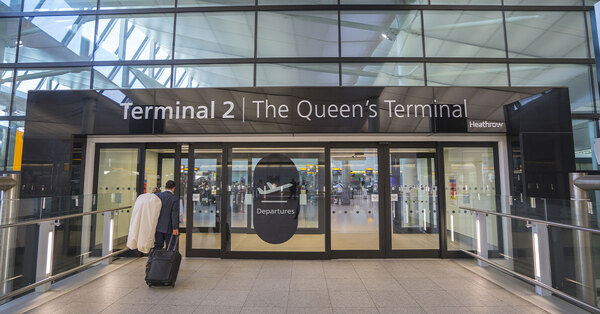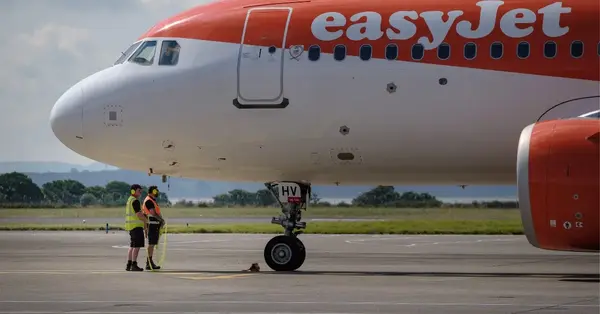You are viewing 1 of your 2 free articles
Analysis: Heathrow vindicated over shutdown – for now
Airlines unlikely to be satisfied with Kelly Review into March 21 closure due to substation fire, reports Ian Taylor
The Kelly Review commissioned by Heathrow into how a fire at a local electricity substation led to the day-long closure of the airport on March 21 vindicated the airport’s decision-making when published last week.
Media reports made much of the fact that Heathrow chief executive Thomas Woldbye was asleep with his phone on silent on the night of the fire, with power to much of the airport cut.
His deputy Javier Echave took the decision to shut the airport at 01:15 on March 21, less than two hours after the fire began, and that it should remain closed until 23:59 causing 1,300-plus flights to be cancelled.
More: Fallout from Heathrow shutdown rages as operations restored
Media and airline criticism may yet make Woldbye’s position difficult to sustain, but the Kelly Review found his absence had “no impact” on the decision.
Former transport secretary Ruth Kelly, a non-executive director of Heathrow, concluded that closing the airport was “essential to protect safety and security” and “the only reasonable decision available”, and that to stop operations until 23:59 “was also reasonable” and “prudent”.
Her report suggested: “The details of how power came to be restored is key to understanding certain decisions.
“Principally, these related to whether it would be possible to restore connection to a resilient supply of power during that day, while not jeopardising a full resumption the next day.”
In the event, power had been restored and critical systems tested in Terminals 3 and 5 by 13:00 and in Terminal 4 by 17:00, with only Terminal 2 not in operation till the following day. That allowed Heathrow to open for repositioning aircraft at 16:00, for repatriation flights at 18:00, and for a small number of departures at 20:00, before opening fully the next day.
Kelly argued: “There may have been opportunities to open parts of the airport slightly sooner, but for limited operations only, [and] likely only by a maximum of a couple of hours . . . The vast majority of flight cancellations would still have occurred.”
Heathrow engineers had initially reconfigured systems to run off an alternative power supply, then tried to switch back after being told they could do so before assessing late on March 21 that the supply was not resilient and switching back again.
The review noted: “It was known within Heathrow that loss of power from one intake would result in a suspension of operations for a significant period while the internal network was reconfigured.
“This is a result of the way the infrastructure at the airport has been developed over 75 years. There is no immediate fix to this.”
The Kelly Review was commissioned by Heathrow alongside an investigation by the National Energy System Operator (Neso) ordered by transport secretary Ed Miliband.
Neso published an interim report on May 8, noting two transformers at the substation remain out of service and the cause of the fire “remains unknown”.
A final report expected by the end of June is unlikely to shed further light on Heathrow’s closure as it will focus on “findings and recommendations relating to the resilience of energy infrastructure [and] resilience of critical national infrastructure to energy disruption.”
So, Kelly’s conclusion that “the airport responded well on the day and was able to restore full operations smoothly the following day” may well stand unless pressure from the airlines leads the Department for Transport and Civil Aviation Authority to look further into what happened.


















